Games to practise countable and uncountable nouns with young learners
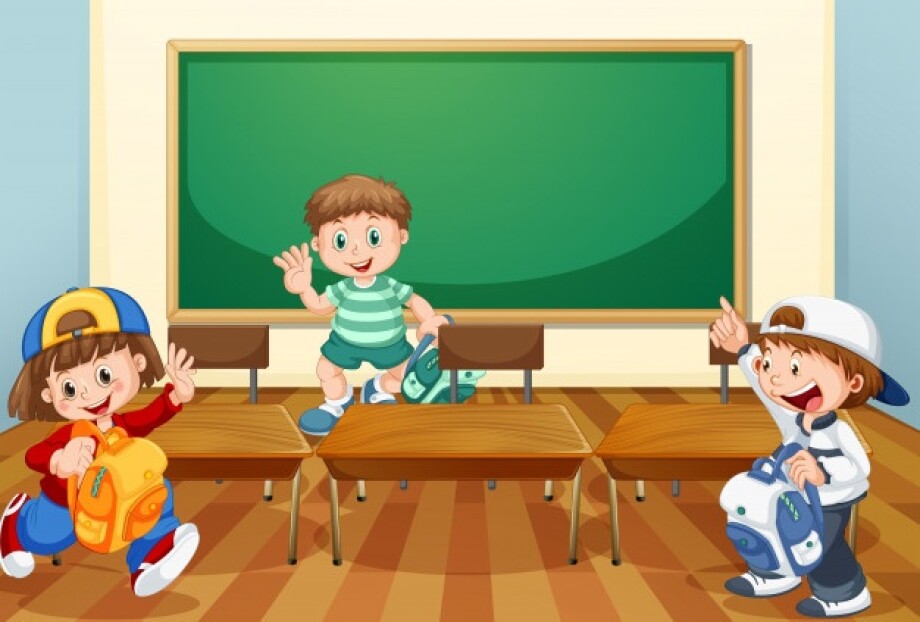
Teaching kids countable and uncountable nouns may be really great fun if you spice up your lessons with inspiring games. They bring amazing emotions and a friendly atmosphere to the classroom. In this article, you will find a large variety of fun and engaging ESL activities to practise countable and uncountable nouns with your younger learners.
10 Things
Ask your students to work in groups or pairs. Set a time limit, e.g. 50 seconds. Get them to think of 10 things they might need in a certain situation: at the beach, on holiday, at a party, at school, etc. Five of them must be countable nouns, and the other five — uncountable nouns.
Hot Potato
This game is pretty handy and can be easily adjusted to various types of grammar topics. Prepare flashcards with countable and uncountable nouns. Set a timer. Ask your students to pass around an object, either a potato or the flashcard itself. When the timer goes off the person holding it must make up a sentence with the countable/uncountable noun on the flashcard.
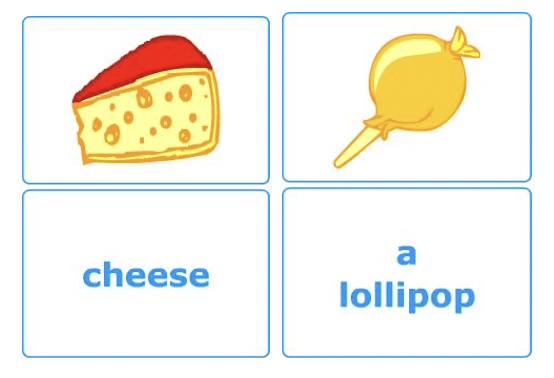
Rocks-Scissor-Paper
Prepare some strips of paper with different questions and corresponding answers using countable and uncountable nouns.
For example:
I am so thirsty. Could you please give me some water?
Yes, here is some.
Are there any vegetables in the fridge?
Yes, there are some tomatoes and cucumbers.
Do you have a pen?
Yes, but it is red.
Hand out the strips of paper to your students, ask them to mingle and find a match. Then children must do rocks-scissors-paper to see who gets both strips of paper and one point. The winner is the student who gets the most matches.
Picture Prompt
Show your students a picture with lots of things in it. Ask them to tell you what they see in it using corresponding quantifiers (a, an, many, much, a lot of, etc). In case you are working with higher-level children, you can also ask them to use appropriate adjectives with the nouns to describe the picture.
For example:
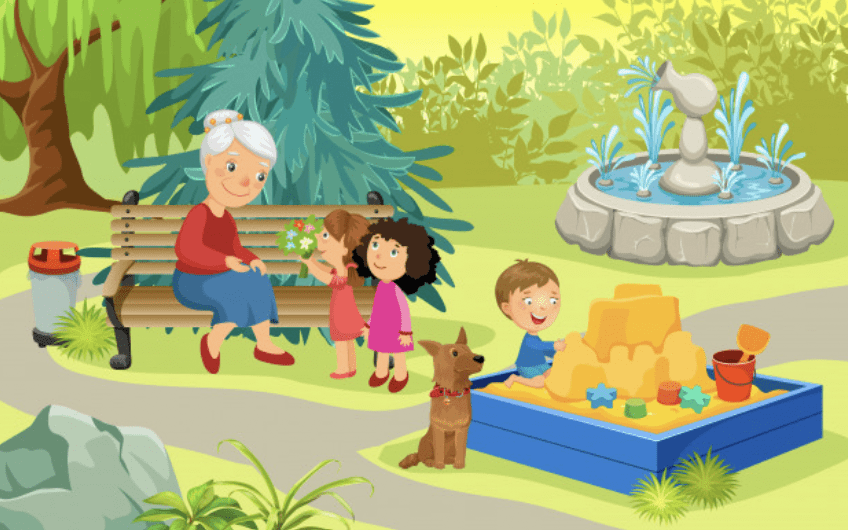
— There are three children and an old woman in the picture.
— There is a brown dog.
— There is some sand.
— There are beautiful trees.
Ingredients Challenge
Another fascinating game to play with kids is making a recipe from the ingredients using appropriate quantifiers (some, a, an, much, many, 2 cups, a teaspoon, etc.). Get your students to work in groups and provide each of them with a list of ingredients. Set a time limit (2-3 minutes) and ask them to come up with an interesting recipe. The winner is the team that makes fewer mistakes while using countable and uncountable nouns.
Board Game
Last but not least, the activity that my young learners always enjoy doing is a board game. Learners can play it either in groups or pairs. If you are working online, you can use the online dice to roll the dice. Each student/team must say whether the word they see on the board is countable or uncountable. If they guess it right, they roll the dice again and continue the game. If not, the next student/team takes a turn. The winner is the one that gets to the end of the board the first. You can find board games on countable and uncountable nouns on Pinterest.
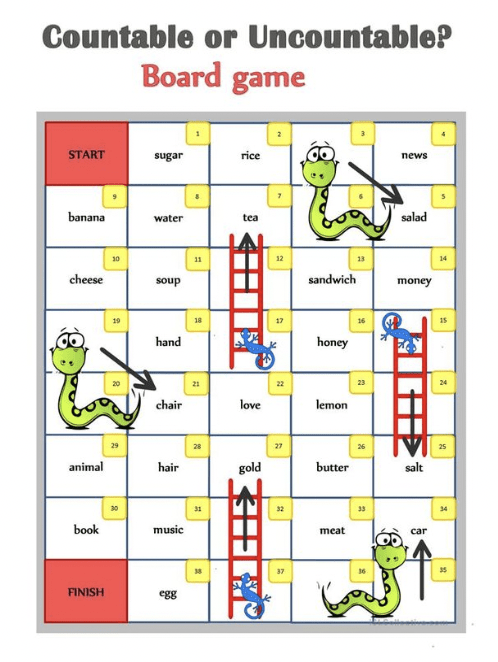
Spot the Difference
Students work in pairs or groups. Give each of them one picture. These pictures can be either two totally different pictures or similar pictures with some little differences. Students ask each other questions like these:
— Are there any trees in your picture?
— Is there a boy next to the tree?
Then they introduce the differences in their pictures to their classmates.
For example:
— There is a dog in my picture, but there is not any dog in his/her picture.
— There are not any children in my picture, but there are two children in his/her picture.
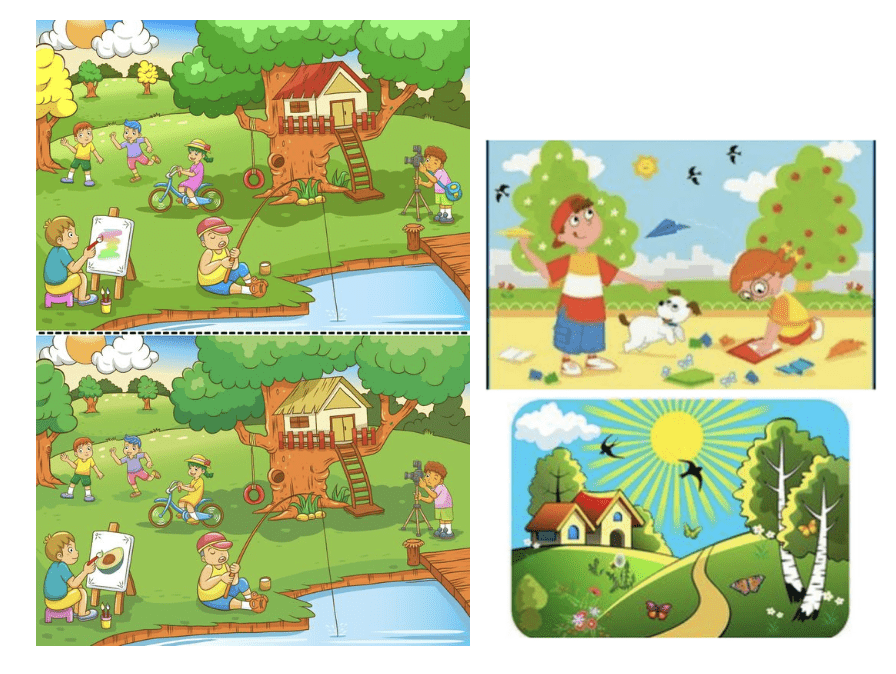
Try out these challenging games with your young learners and let us know in the comments below which one was really useful for mastering countable and uncountable nouns.









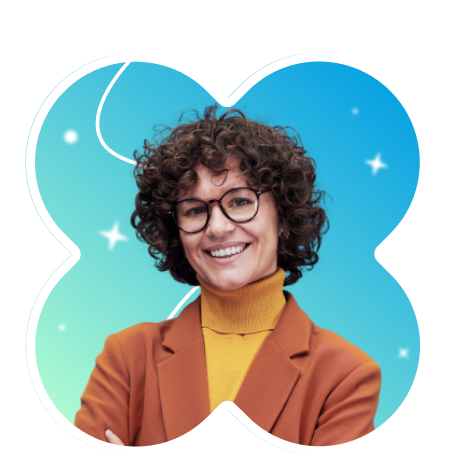

 Диляра Биктагирова
Диляра Биктагирова 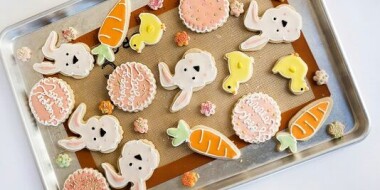
 Олеся Яресько
Олеся Яресько 

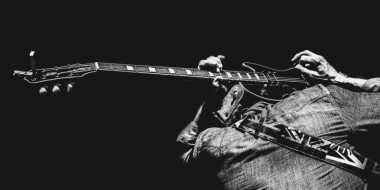
 Маргарита Аветисян
Маргарита Аветисян 